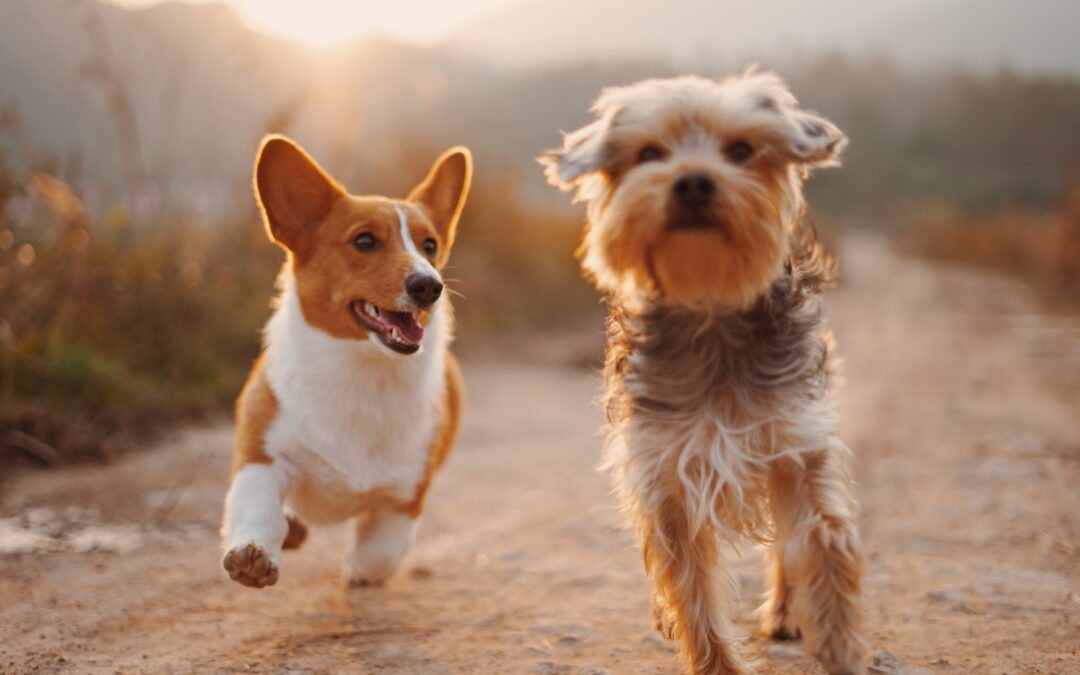Dogs and humans share similar knee issues, including ligament tears, osteoarthritis, and meniscal injuries, often arising from injuries, aging, or genetic factors.
The primary surgical solutions for both humans and dogs include repairing the anterior cruciate ligament (ACL) and total knee replacements. In both cases, surgeons use prosthetic implants to restore knee function.
Knee surgery can be a big deal. The arthroscopic surgery to repair a meniscal tear is a walk in the park. I have had six of those and one arthrotomy. I have walked out of arthroscopic surgery in less pain than I went in. The big surgery for dogs is a TPLO. This is a surgery where you cut the tibia in an arc, rotate the bone into a more functional position, and then plate it in place. The big surgery for humans is a total knee replacement. The surgeon will cut off the ends of both bones and replace them with metal plates.
The problem with both surgeries is the metal does not fight off infection well. Actually, it doesn’t fight it at all. If the plate or knee replacement has any infection on it, it will continue until the metal is removed. Therefore, sterility is paramount. The surgeon is important. The hospital is important. The patient is important. A lot of things have to go right for surgery to be a success.
It is not surgery that causes me apprehension. It is the post-surgery time. If I am not up and walking and moving, I will never have full movement again. Post-surgery rehabilitation is a crucial part of the recovery process for both humans and dogs. Physical therapy, exercise, and a gradual return to regular activities are essential to regain knee strength and mobility. Of course, this is all while there is a fair amount of pain. I’m pretty sure my surgeon did not verbalize “don’t do stupid things,” but I am equally certain that is exactly what he meant when he said to take time to heal.
(I’m equally certain that I will be back working some before he really wants me to.)
My ultimate goal is to regain an active lifestyle post-surgery. In my case, I have my sights set on hiking to Mount Everest’s base camp, just as many dogs and their owners have shared ambitions to lead active lives post-surgery.
Knee surgeries for humans and dogs highlight the universality of the human-animal bond and the shared goal of returning to an active and fulfilling life. As I prepare for my own knee replacement surgery, I understand the uncertainty that can come with it. But with the support of a skilled surgeon and my determination, I’m looking forward to conquering new heights, just as our canine friends do.
However, I am definitely not looking forward to the “taking it easy” part! Wishing myself and all others preparing for surgery a successful procedure, a swift recovery, and the opportunity to enjoy many adventures in the future.
MJ Wixsom, DVM MS MBA
Ashland, KY, USA
“Win-win or no deal.” Stephen Covey taught it, and I try to live by it.

